HAS: Making an impact during the dog days of summer
2018-06-28
High School Aerospace Scholars (HAS), an educational activity that takes place each summer through NASA Johnson Space Center’s Office of STEM Engagement, is currently underway. Many former and current employees have volunteered in the past as mentors, judges, technical reviewers, guest speakers, facilitators and supervisors, but just how big of an impact has this effort made?
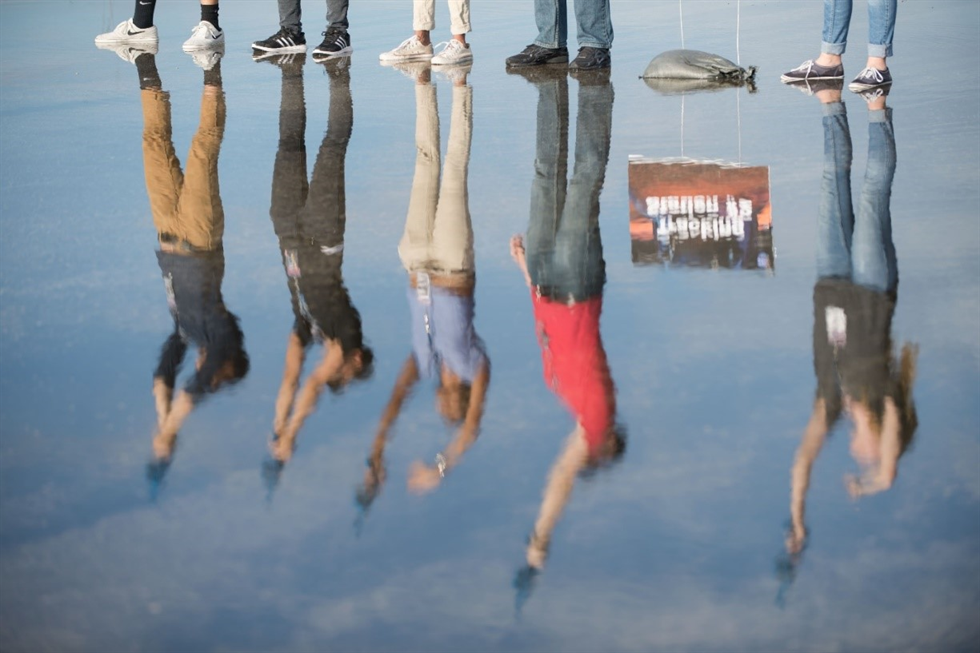
HAS students point their altimeters toward the sky to track their rockets during a launch. Image Credit: NASA
Continuing the legacy of HAS
Each year, Johnson team members can become mentors. That commitment requires about 20 hours each week (or four hours on Thursdays for panel judges).
Next year will be an astronomical 20 years for HAS. If you’re interested in being a part of that anniversary experience, contact Debra Derham at 281-792-8626.
Want to learn more about the program? Visit: https://nas.okstate.edu/has/
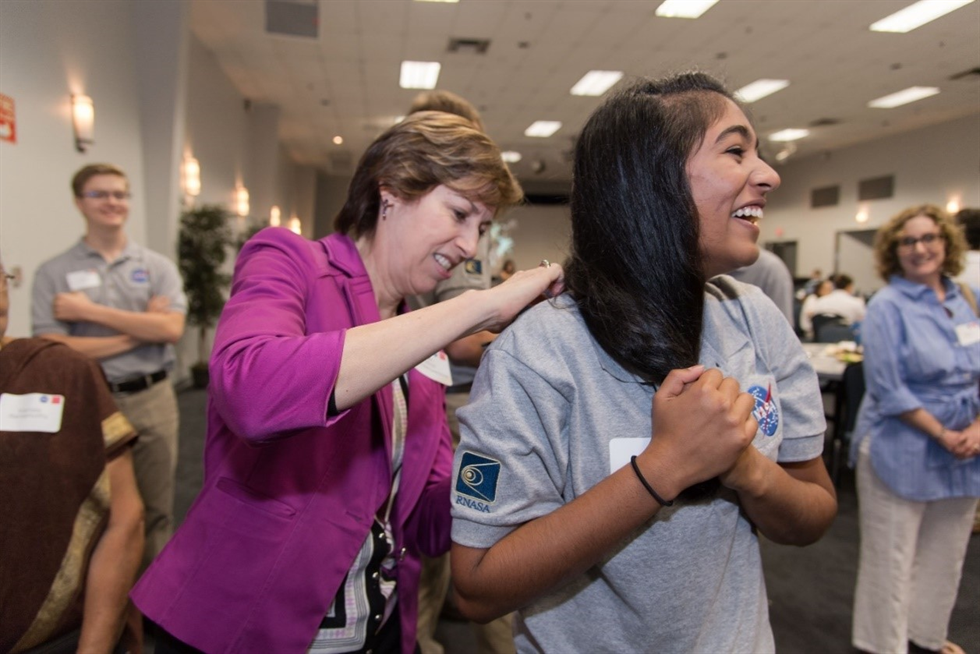
Ellen Ochoa, former Johnson Space Center director and astronaut, signs a HAS student participant’s shirt during the closing ceremony of the program. Image Credit: NASA
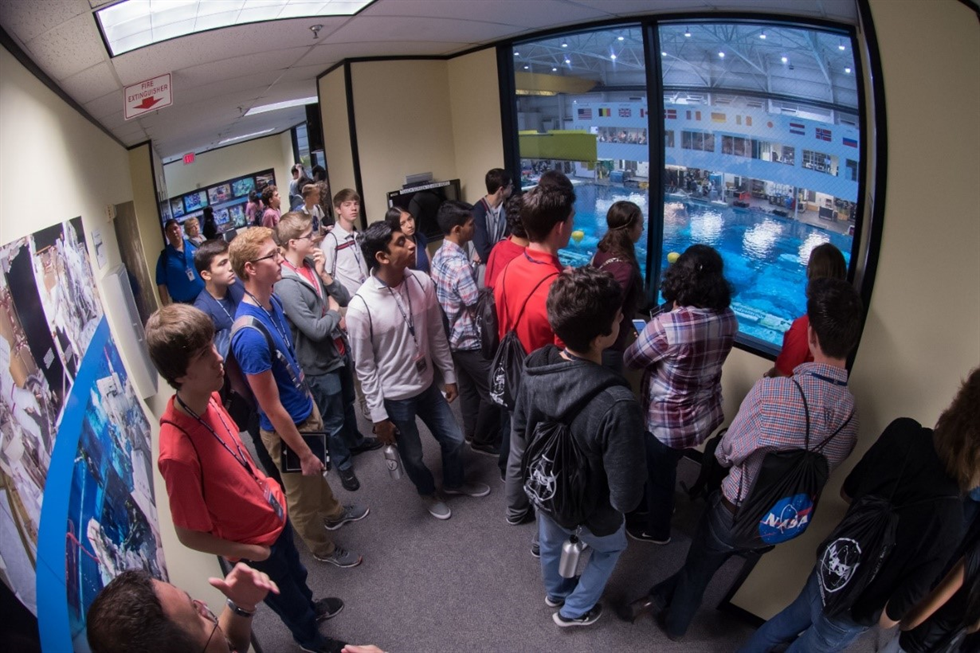
HAS students take in the Neutral Buoyancy Laboratory during a tour of Johnson facilities. Image Credit: NASA
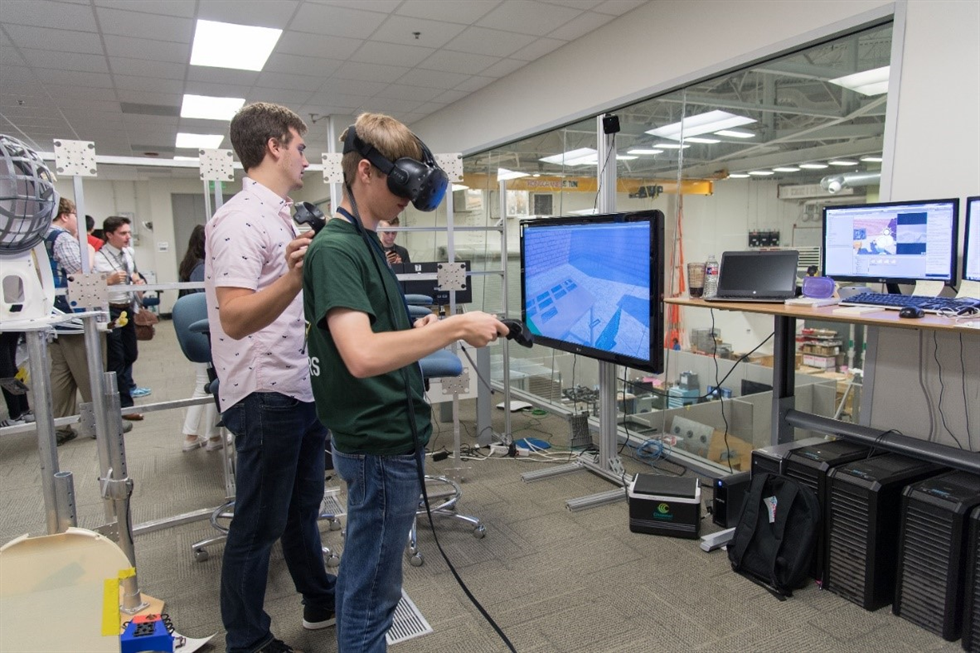
Students visiting Johnson are even exposed to the cutting-edge field of Virtual Reality. Image Credit: NASA
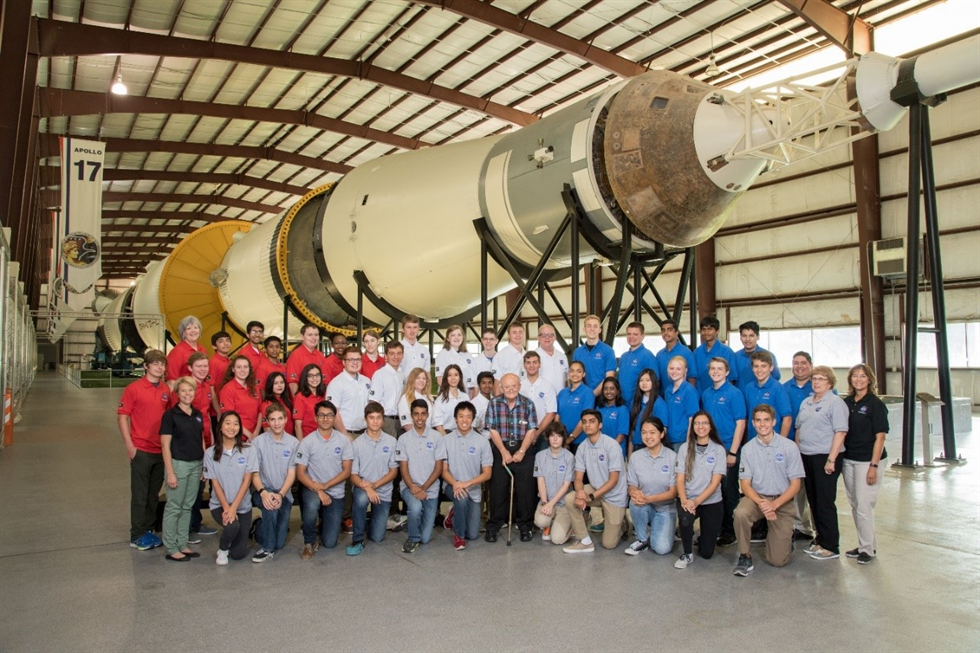
The 2017 HAS participants pause for a group photo at Rocket Park. Soon, the 2018 participants will have their own memories to last a lifetime. Image Credit: NASA
Sandra Jones
NASA Johnson Space Center
- HAS began in 1999, which means employees have been helping to further the program for 19 years.
- 10,000-plus students have participated in HAS—equivalent to roughly 60 percent of the entire Johnson workforce.
- Student participants have come from every legislative district in the state and 116 Texas cities in total, bringing the memories made during the program back to their communities.
- Volunteers create the workforce of tomorrow. Several current Johnson employees have gone through the HAS program themselves, and there are a growing number of both contractors and civil servants entering the JSC family who began their experience with NASA during HAS. Some of these individuals have even given their own time back as HAS volunteers, bringing the cycle full circle.
- Volunteers have inspired students to go on to do great things. From a recent poll, students responded with overwhelming evidence of program influence in connection to future endeavors, ranging from attending law school to interning at NASA and other private sector space companies to pursuing doctorates in fields of study ranging from chemical engineering to theoretical physics.
- Volunteers have empowered students to pursue their passion while engaging them in the NASA mission. Miguel Lopez, a 2017 HAS participant, said of his experience: “I’ve gotten the opportunity to learn more about anything from rocket science to comets and the history of NASA exploration through the years. I’ve learned about the risks and time it takes to build a safe aircraft to surpass vast heights with the appropriate speed while juggling the challenges of surpassing Earth’s atmosphere.” Lopez has future plans to study technology at a Texas University and, after that … maybe he will go on to become one of your co-workers (and even a HAS volunteer himself).

HAS students point their altimeters toward the sky to track their rockets during a launch. Image Credit: NASA
Continuing the legacy of HAS
Each year, Johnson team members can become mentors. That commitment requires about 20 hours each week (or four hours on Thursdays for panel judges).
Next year will be an astronomical 20 years for HAS. If you’re interested in being a part of that anniversary experience, contact Debra Derham at 281-792-8626.
Want to learn more about the program? Visit: https://nas.okstate.edu/has/

Ellen Ochoa, former Johnson Space Center director and astronaut, signs a HAS student participant’s shirt during the closing ceremony of the program. Image Credit: NASA

HAS students take in the Neutral Buoyancy Laboratory during a tour of Johnson facilities. Image Credit: NASA

Students visiting Johnson are even exposed to the cutting-edge field of Virtual Reality. Image Credit: NASA

The 2017 HAS participants pause for a group photo at Rocket Park. Soon, the 2018 participants will have their own memories to last a lifetime. Image Credit: NASA
Sandra Jones
NASA Johnson Space Center









